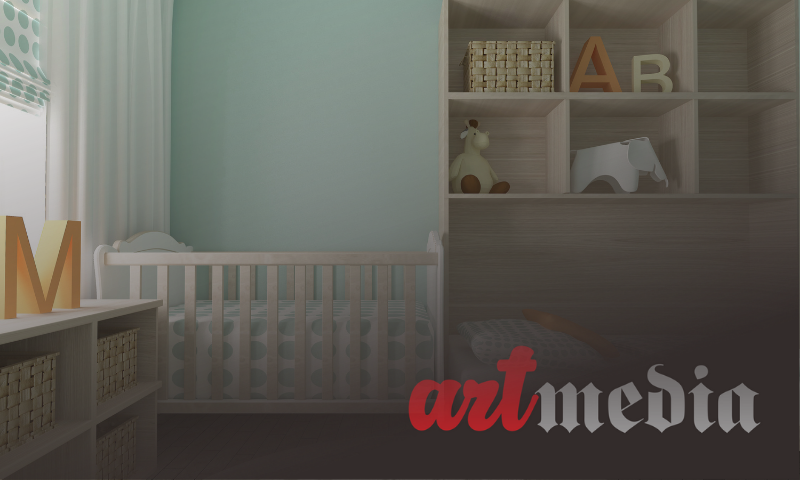
Designing a child’s room is an opportunity to create an environment that stimulates a child’s imagination, creativity and growth. By considering a child’s specific needs and interests, you can create a space that is not only functional, but also inspiring and fun. In this comprehensive guide, we will discuss the various elements and strategies for designing a nursery that inspires imagination.
I. Understanding Children’s Needs and Interests
It is important to understand a child’s interests, hobbies and needs before designing their room. Do they like to read, play music, or play with certain toys? This information will help you create a space that suits the child’s personality and interests.
II. Choosing a Theme or Design Concept
Choosing a theme or design concept can provide a clear direction in designing a child’s room. Themes such as outer space, jungle, or adventure can be a source of inspiration for decorations and other design elements.
III. Inspiring Colors
Colors have a big influence on the mood of a space. Choose a bright and uplifting color palette to create a fun and energetic environment. You can also consider a color scheme that matches the chosen theme.
IV. Creating Functional Zones
Apart from being a place to rest, a child’s room should also include zones for playing, learning and creating. Consider including a play area with storage shelves for toys, a study table with a comfortable chair, and space for creative activities.
V. Adding Creative Touches
Creative elements such as wall paintings, wall stickers, or murals can add a personal touch and inspire a child’s imagination. You can even involve your child in the process of creating art for their own room.
VI. Child Friendly Furniture
Choose furniture that is appropriate for the age and size of the child. Furniture that is safe, ergonomic, and easy to reach are important factors in a functional kids’ room design. Also, choose furniture with designs that invite play and creativity.
VII. Efficient Storage
Good storage is key to keeping a child’s room neat and organized. Shelves, drawers, and cabinets with designs that match the theme of the room can keep toys, clothes, and other items within easy reach.
VIII. Comfortable Textile Choices
Choose textiles such as blankets, pillows, and carpets that are soft and comfortable. Child-friendly and easy-to-clean materials are important factors in choosing textiles for a child’s room.
IX. Proper Lighting
Good lighting is important to create a warm and cozy atmosphere. Choose floor lamps, table lamps, or wall lamps that can provide sufficient lighting, especially in play and study areas.
X. Involve Children in the Design Process
Involving children in the design process of their room can give them a sense of ownership and pride in their personal space. Let them participate in the selection of certain colors, themes, or decorations.
Conclusion
Designing a child’s room that inspires imagination is all about creating a space that allows the child to grow, learn, and play with joy. By paying attention to the child’s needs and interests, choosing an interesting theme, and creating a comfortable environment, you can create a room that spurs creativity and is fun for your children. Remember that this space is where their imagination can flourish, so let the creativity flow and give them room to dream big.
 Apptech Channel trading 'll be easier
Apptech Channel trading 'll be easier
